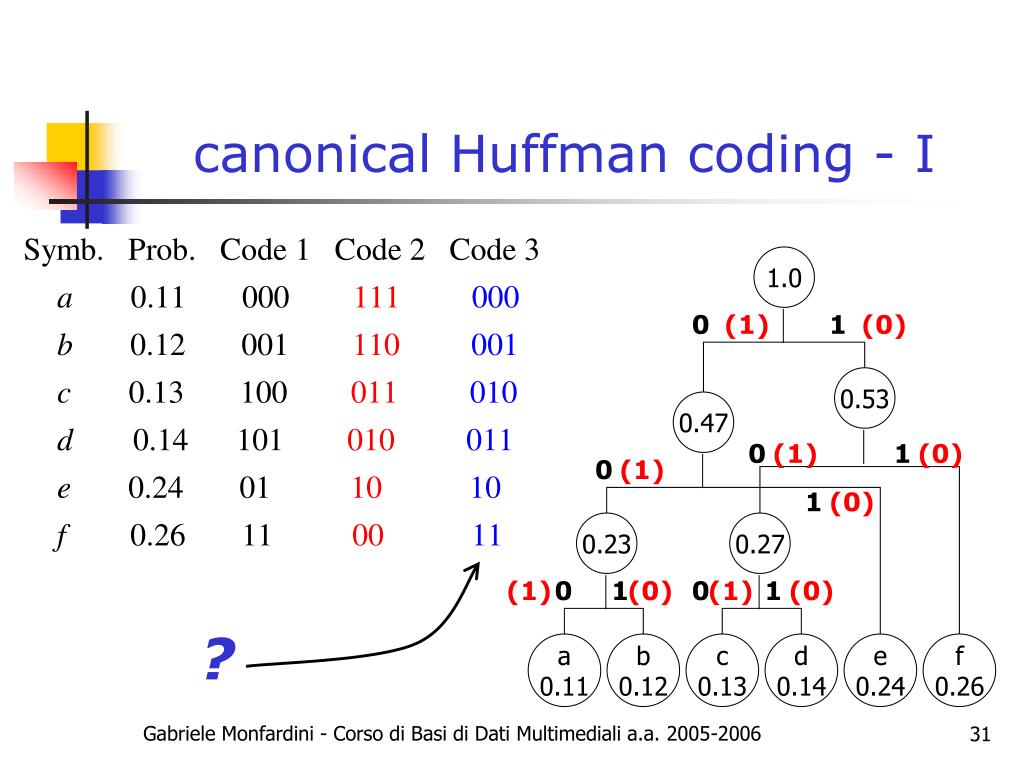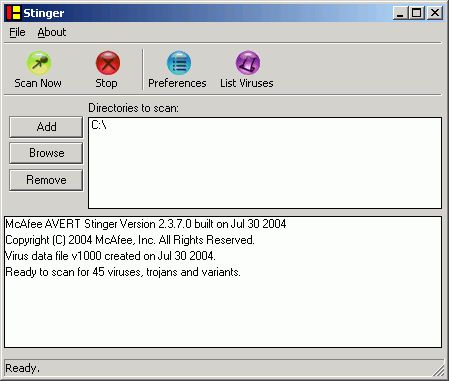

- BETTERZIP HUFFMAN COD MP4
- BETTERZIP HUFFMAN COD CODE
Build a Huffman Tree from input characters.There are mainly two major parts in Huffman Coding. See this for applications of Huffman Coding. If the compressed bit stream is 0001, the de-compressed output may be “cccd” or “ccb” or “acd” or “ab”.

BETTERZIP HUFFMAN COD CODE
This coding leads to ambiguity because code assigned to c is the prefix of codes assigned to a and b. Let there be four characters a, b, c and d, and their corresponding variable length codes be 00, 01, 0 and 1. Let us understand prefix codes with a counter example. This is how Huffman Coding makes sure that there is no ambiguity when decoding the generated bitstream. The variable-length codes assigned to input characters are Prefix Codes, means the codes (bit sequences) are assigned in such a way that the code assigned to one character is not the prefix of code assigned to any other character. The most frequent character gets the smallest code and the least frequent character gets the largest code. The idea is to assign variable-length codes to input characters, lengths of the assigned codes are based on the frequencies of corresponding characters. Huffman coding is a lossless data compression algorithm. Implementation of Huffman Coding for lossless text file compression
^ "MPEG-4 ALS Decoder plugin 1.00 for Winamp". : CS1 maint: uses authors parameter ( link) "The MPEG-4 Audio Lossless Coding (ALS) Standard - Technology and Applications" (PDF). Kamamoto: NTT Communication Science Labs Y. ^ Tilman Liebchen: Technical University of Berlin, T. "MPEG-4 ALS: an Emerging Standard for Lossless Audio Coding" (PDF). "ISO/IEC 14496-3:2019: Information technology - Coding of audio-visual objects - Part 3: Audio" (PDF). "Audio Lossless Coding (ALS), new audio profiles and BSAC extensions - ISO/IEC 14496-3:2005/Amd 2:2006". MPEG-4 SLS (MPEG-4 Scalable Lossless Coding). Lossless Transform Audio Compression (pre-predecessor). Lossless Predictive Audio Compression (predecessor). The reference model was further developed under participation of the Technical University of Berlin (TUB), RealNetworks, and Nippon Telegraph and Telephone (NTT). By July 2003, Lossless Predictive Audio Compression (LPAC) was selected as the first draft for the future standard. Seven companies submitted their proposals which were examined taking into consideration compression efficiency, complexity and flexibility. In July 2002, the Moving Picture Experts Group issued a call for proposals of lossless audio coding procedures to be sent in before December. Only a subset of the format is currently supported. On November 11, 2009, the FFmpeg open source project gained an MPEG-4 ALS decoder in its development version. There is a MPEG-4 ALS Decoder plugin for Winamp player. mp4alsRM23) can be obtained at the MPEG-4 ALS homepage and it was also published as ISO/IEC 14496-5:2001/Amd 10:2007/Cor 3:2009. Ī reference implementation of MPEG-4 ALS encoder and decoder (mp4als - e.g. An MPEG-4 Audio profile "ALS Simple Profile", invoked with "-sp1" in the reference encoder.Īs of 2020, there has not been wide acceptance of this format, possibly due to the lack of encoders and decoders available. BETTERZIP HUFFMAN COD MP4
Optional storage in MP4 file format can be multiplexed with video and other media content supported by the MP4 container. Seekable (fast random access to any part of the encoded data). Multi-channel / multi-track support (up to 65536 channels). Support for PCM resolutions of up to 32-bit including floating-point. This predictor improves the compression for sounds with rich harmonics (containing multiples of a single fundamental frequency, locked in phase) present in many musical instruments and human voice. 
The long term predictor is modeled by 5 long-term weighted residues, each with its own lag (delay). The short-term predictor is similar to FLAC in its operation - it is a quantized LPC predictor with a losslessly coded residual using Golomb Rice Coding or Block Gilbert Moore Coding (BGMC). MPEG-4 ALS combines a short-term predictor and a long term predictor. The latest description of MPEG-4 ALS was published as subpart 11 of the MPEG-4 Audio standard (ISO/IEC 14496-3:2019) (5th edition) in December 2019.

The extension was finalized in December 2005 and published as ISO/ IEC 14496-3:2005/Amd 2:2006 in 2006. MPEG-4 Audio Lossless Coding, also known as MPEG-4 ALS, is an extension to the MPEG-4 Part 3 audio standard to allow lossless audio compression.








 0 kommentar(er)
0 kommentar(er)
